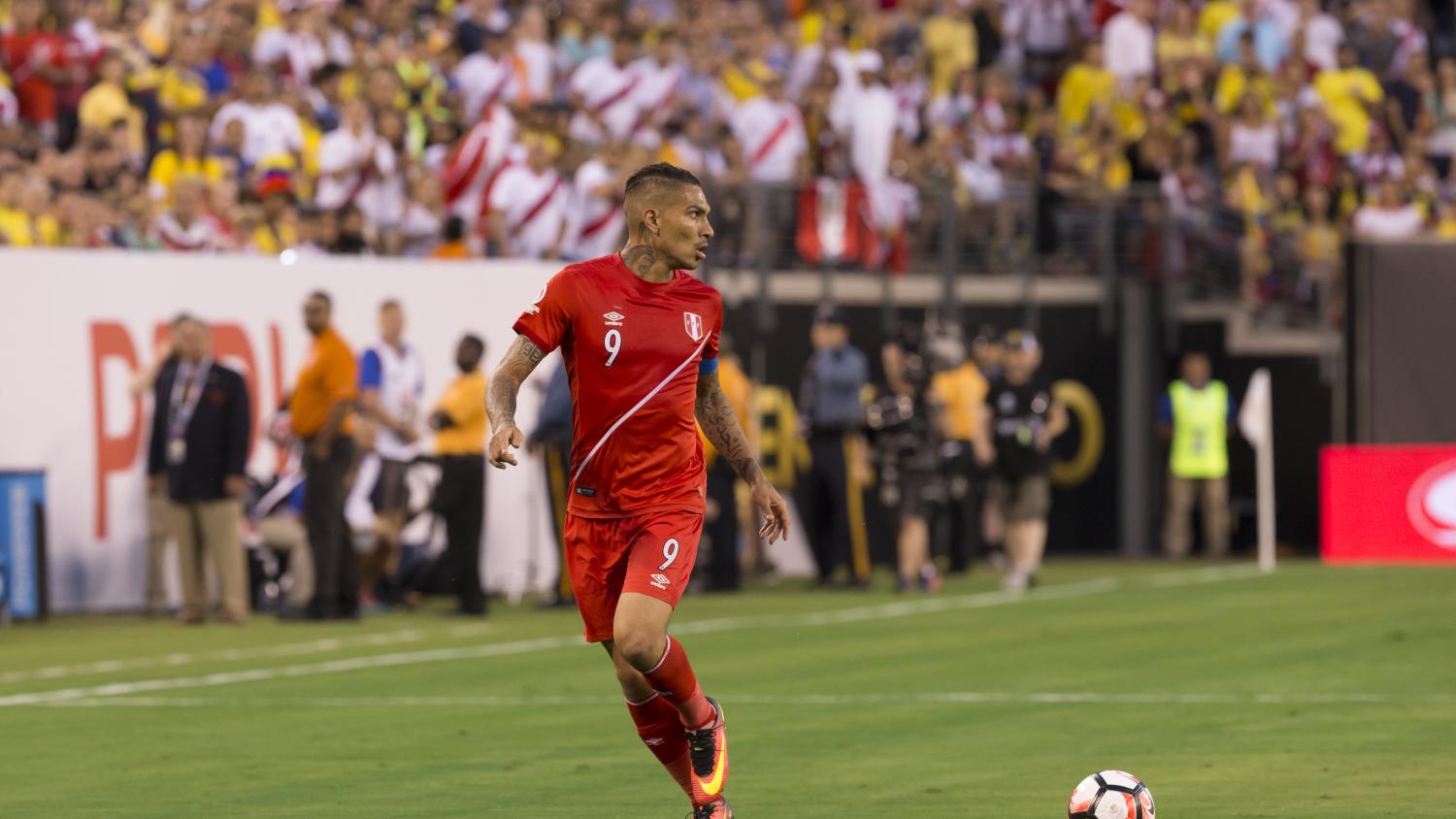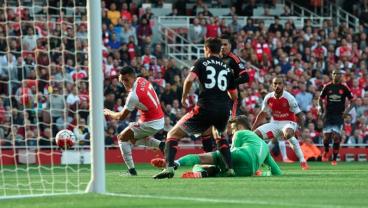Let’s be honest, you’re probably sick of the Paolo Guerrero story by now. The will-he, won’t-he narrative has gone on for eight months and it’s almost as unbearable as the Ross and Rachel storyline that kept people watching “Friends” for years even though it was never ever really all that funny.
But this appears to be the end. There can be no more appeals and everyone has just kind of agreed to let it go. Paolo Guerrero, Peru’s captain and all-time leading goal scorer, will play in this summer’s World Cup despite being banned for testing positive for cocaine, a Swiss supreme court judge ruled on Thursday.
La Federación Peruana de Fútbol comparte con alegría el comunicado de nuestro jugador Paolo Guerrero sobre la decisión del Tribunal Federal Suizo. ¡Felicidades Paolo! pic.twitter.com/cycKpdTjVI
— FPF (@TuFPF) May 31, 2018
Hopefully this puts the issue to bed. The Paolo Guerrero saga stretched on far too long.
In October he tested positive for the benzoylecgonine metabolite, implying he took cocaine within five days of a World Cup qualifier against Argentina. He was immediately slapped with a 12-month ban, ruling him out of the 2018 World Cup, the first one Peru qualified for in 36 years.
FIFA, hearing the appeal from Guerrero and his lawyers who claimed it was a mistaken ingredient in tea, shortened the ban to six months in December. But on May 14, the Court of Arbitration for Sport decided to instead listen to the appeal of the World Anti-Doping Agency and extended Guerrero’s ban to 14 months, again knocking him out of the World Cup.
Because the CAS is under Swiss jurisdiction, the Swiss supreme court was able to take up the case and did so, in part because all parties acknowledge Guerrero did not knowingly take a banned substance. Judge Christina Kiss took in all the evidence, including a signed letter from the captains of Peru’s three World Cup opponents France, Denmark and Australia, and decided to let the kid play.
FIFA, WADA and the CAS all said they would adhere to the ruling, and Peru can finally fully prepare for the World Cup knowing its captain will be in Russia.
The reasons for Kiss allowing Guerrero to play in the World Cup were a bit odd, to be honest. Instead of going by the letter of the law, she took into account the fact this is likely the 34-year-old Guerrero’s only opportunity to play in the World Cup. She said the Peruvian players would suffer negatively from losing their “emblematic” captain, a forward who has 32 goals in 86 appearances for La Blanquirroja. It’s a lovely sentiment, but you wonder if it sets a dangerous precedent.
But Paolo Guerrero isn’t completely out of the woods. While it appears he will in fact play in the World Cup (barring any injury or more positive tests), he could still have to serve the ban handed down to him. The ruling is merely an interim injunction, allowing Guerrero to play in the World Cup until the case is heard again in federal court after the tournament.
For now, Peru has its captain back. They’ll open the 2018 World Cup on June 16 against Denmark.

 Home
Home


